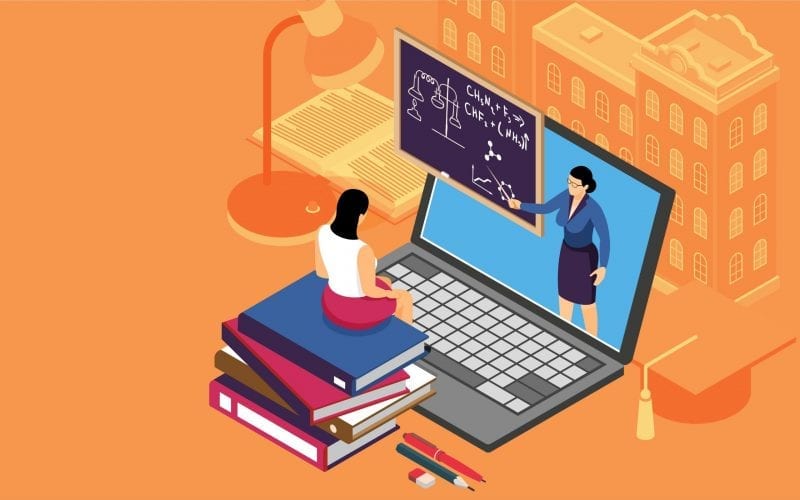 (Image source: https://leverageedu.com/blog/online-learning/)
(Image source: https://leverageedu.com/blog/online-learning/)
At the start on the covid-19 pandemic, there are a lot of disruption and sudden changes to the education system or model that we were used to. Many of the courses designed to be done physically have to be converted to online/virtual. Truthfully, at that point of time, much of the so called “conversion” is for the teachers to do what they do in physical lesson on online conferencing platforms like Zoom or Teams.
Now that we have more experience, we also slowly see people really adapting to the virtual mode of teaching, with more thoughts on their lessons delivery using online or virtual tools. Personally, I have also looked into how to engage students and keep their interest. For example, instead of doing a 3 hour lectures (like the old days), many of the contents of the courses and split into smaller segments. I also adopted “flipped classroom” approach where students have access to the contents before coming to classes which are mainly for discussions. This is in addition to their access to the forum for discussions with me or other students.
While working on the topics with my ONL teams, I am learning so much from their practices as well. They have so much more experience in the design of courses and what platforms and tools are available to enrich the students experience, which we all agreed is the center of what we do as educators – an effective and positive learning experience for the students. Moving forward, I would be applying what I have learnt to improve on my courses 
References
Ellis & Bliuc (2017), Exploring new elements of the student approaches to learning framework: The role of online learning technologies in student learning, Active Learning in Higher Education 20 (1), 11-24
Bawa (2016), Retention in Online Courses: Exploring Issues and Solutions—A Literature Review, SAGE Open 6 (1)